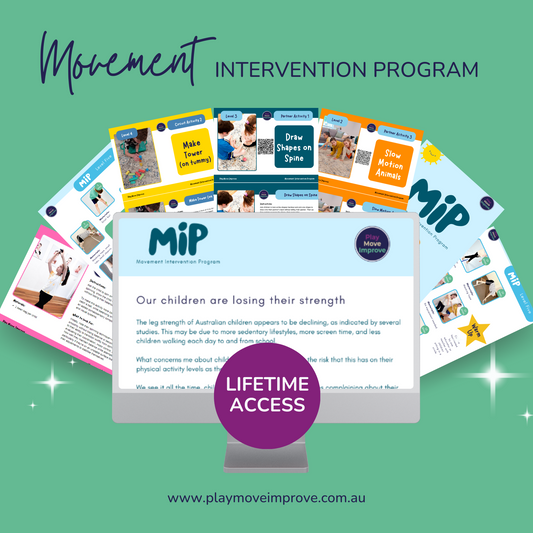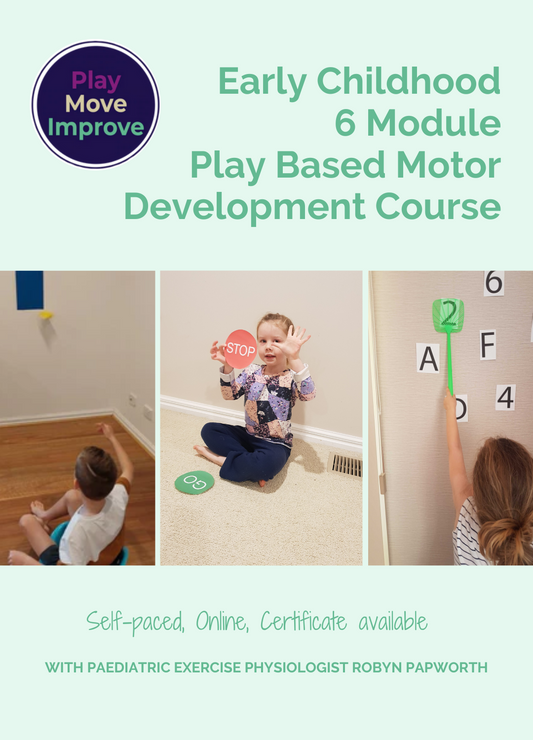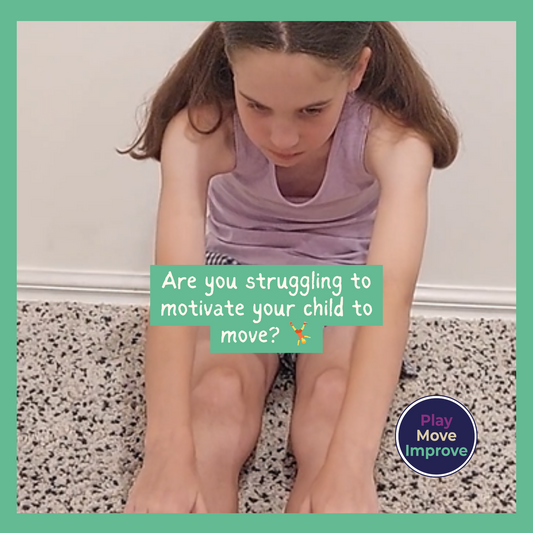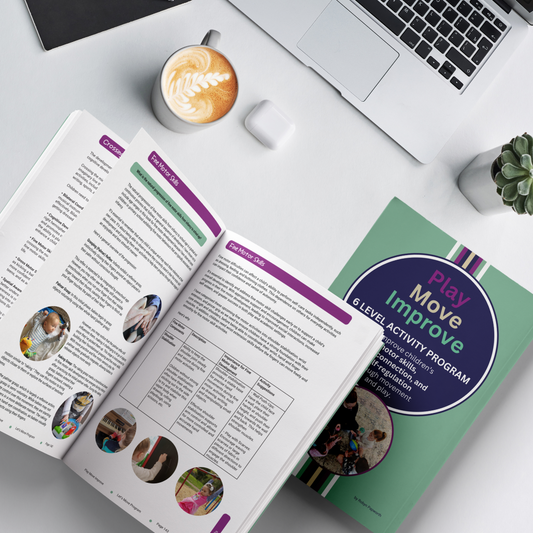Why weighted blankets are helpful for children's learning and focus
If you have ever had to sit on an airplane for a 5 hour flight, or sit still in a doctor's waiting room for more than 20 minutes, you will feel the pressure and agitation build up in your shoulders, arms, legs, and feet. This feeling of pressure makes you feel 'fidgety', agitated, and uncomfortable.
Imagine if you experienced this agitated and 'fidgety' feeling within 2 minutes of sitting at dinner, or within 30 seconds of sitting on the carpet at morning circle time.
Children with sensory processing difficulties often talk to me about the 'gitters' or the 'pressure' that they feel in their body when they're trying to sit still.
This particular sensation of pressure is called proprioception. The brain uses the sensation proprioception to understand where the body is compared to other objects, and also to determine how much force the body is using when sitting still versus running from point A to point B.
The best thing about weighted blankets is that it provides the body with the sensation of proprioception. This sensation is a common feeling that children with sensory processing disorder seek.
What is proprioception?
The sensation called proprioception refers to the feeling of pressure on the body and when a weighted blanket is placed on a child's upper body or lower body, the body parts that are experiencing pressure feel like these muscles and joints are 'under load' or technically moving.
You may often see the child's movements begin to relax and slow down when a weighted blanket is placed on their shoulders or lap, and it is this sensation of proprioception that can help children to feel safe, secure, and grounded, particularly in a chaotic classroom environment.
How do I use weighted products effectively?
So to help children who are feeling agitated and fidgety during morning circle time, or while sitting in the library, we often provide these children with weighted blankets and products, to give the body the feeling of pressure and proprioception, that the body is craving while sitting still.
After 20 minutes I then encourage children to remove the weighted product so that the body doesn't become reliant on this pressure. Once the child starts to feel agitated again, I provide the body with the increased sensation of proprioception.
If you're in Australia and are interested in purchasing your own weighted product, then I just love these weighted blanket animals from Wendy’s Weighted Blankets.
To learn more about sensory products for classrooms view my free YouTube video below.
As mentioned above, weighted blankets can help children who find it hard to sit still in class because the body is put under pressure by a heavy object.
To learn more classroom sensory strategies be sure to register for my special needs training package - Online training and resource package - special needs support – Play Move Improve
How heavy should my weighted blanket be?
Typically, weighted blankets of 8 – 10% of your body weight can help provide your nervous system with proprioceptive sensory input that makes your nerves and muscles feel relaxed, loaded, and focused. I often recommend for teachers and educators to have a 1kg and 2kg weighted blanket so that most of the children in the classroom can benefit from sharing the weighted blanket.
Weighted animals are fantastic because they help students use resources in the classroom that don’t stand out to be different. A lot of the students that I support just want to feel like all of the other kids. So this is a great way to provide their nervous system with what it needs, without making the student feel exposed.
Check out Wendy’s Weighted Blankets Facebook today.
Of course be sure to follow your health and safety hygiene recommendations when using fabric products.





